Market Share
Molded Pulp Packaging Market Share Analysis
In the competitive landscape of the Molded Pulp Packaging Market, companies employ various market share positioning strategies to gain a competitive edge. These strategies involve identifying and targeting specific market segments, creating unique value propositions, and differentiating their products or services from competitors. One common approach is segmentation, where companies divide the market into distinct groups based on factors such as customer needs, preferences, demographics, or usage patterns. By understanding the unique requirements of each segment, companies can tailor their products and marketing efforts to better meet customer demands.
Another key strategy is product differentiation, which involves offering products or services that stand out from competitors in terms of quality, features, design, or pricing. For example, companies may invest in research and development to create innovative packaging solutions that offer superior protection, sustainability, or convenience. By emphasizing these unique selling points, companies can attract customers who value these attributes and are willing to pay a premium for them.
Furthermore, branding plays a crucial role in market share positioning. Strong branding helps companies build recognition, trust, and loyalty among customers, enabling them to command a larger share of the market. Companies may invest in building a strong brand image through advertising, promotions, sponsorships, and other marketing activities. A well-established brand can also serve as a barrier to entry for new competitors, as customers may be reluctant to switch to lesser-known alternatives.
In addition to segmentation, product differentiation, and branding, companies may also pursue strategic partnerships or alliances to strengthen their market position. By collaborating with other firms in complementary industries or forming strategic alliances with suppliers, distributors, or retailers, companies can expand their reach, access new markets, and leverage each other's strengths to gain a competitive advantage.
Furthermore, companies may adopt pricing strategies to enhance their market share positioning. This could involve setting competitive prices to undercut rivals, offering discounts or promotions to attract customers, or implementing value-based pricing strategies to reflect the perceived value of their products or services. By carefully managing pricing decisions, companies can influence customer perceptions, drive sales, and maximize their market share.
Moreover, companies may invest in building strong customer relationships and providing excellent customer service to retain existing customers and attract new ones. By listening to customer feedback, addressing complaints promptly, and offering personalized solutions, companies can build trust and loyalty among their customer base, making it more difficult for competitors to poach customers.
Furthermore, companies may also focus on expanding their distribution networks to increase market penetration and reach new customers. This could involve partnering with distributors, wholesalers, or retailers to ensure their products are widely available and easily accessible to consumers. By expanding their distribution channels, companies can increase their market share and gain a competitive advantage over rivals with limited reach.
Overall, market share positioning strategies in the Molded Pulp Packaging Market involve a combination of segmentation, product differentiation, branding, strategic partnerships, pricing, customer service, and distribution. By carefully implementing these strategies, companies can strengthen their market position, drive sales growth, and outperform competitors in a highly competitive industry.

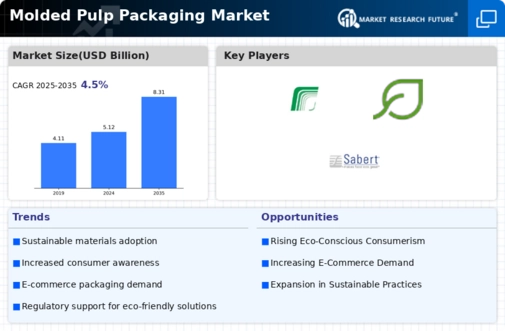
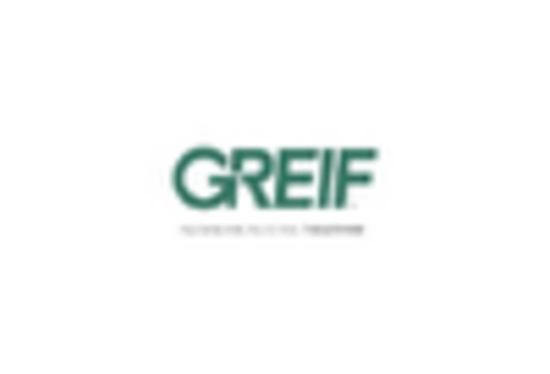
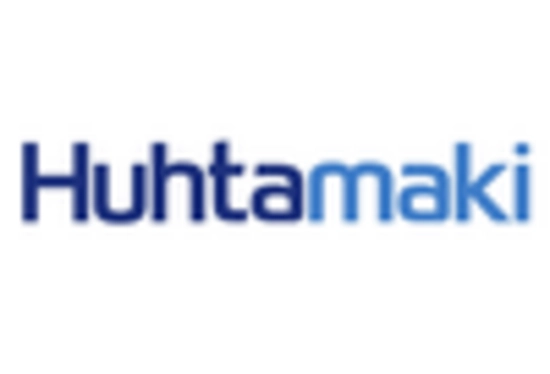
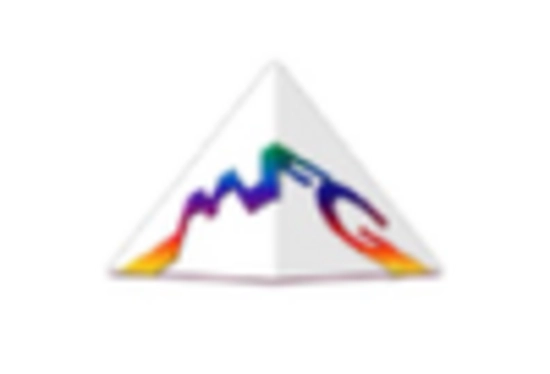
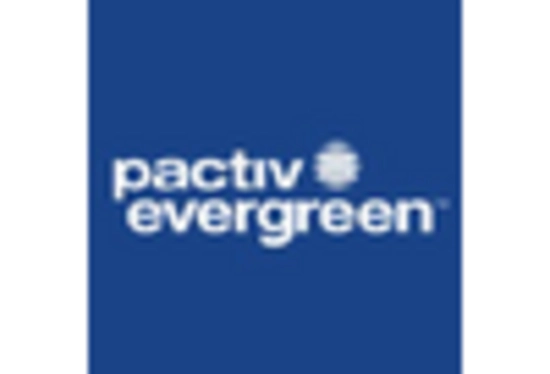
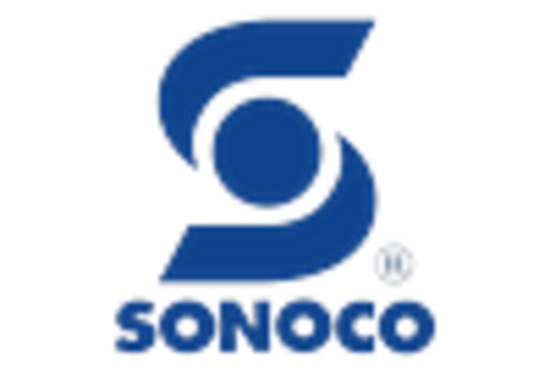










Leave a Comment